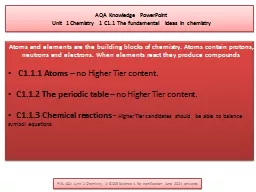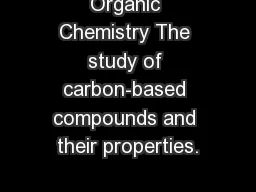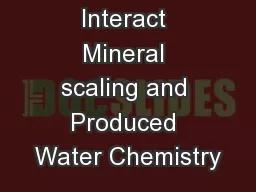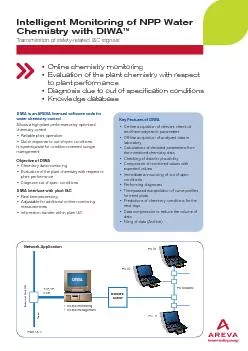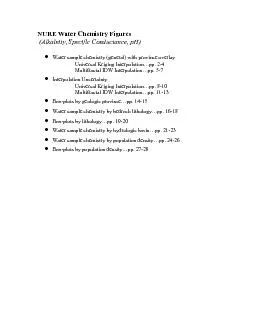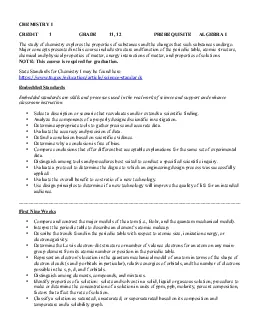PPT-Chemistry Unit Properties of Water and their Relationship
Author : alida-meadow | Published Date : 2018-02-11
to Weather and Climate The Three Phases of Water Solid Ice Liquid Water Gas Water Vapor When water changes phases a large amount of energy is absorbed or released
Presentation Embed Code
Download Presentation
Download Presentation The PPT/PDF document "Chemistry Unit Properties of Water and t..." is the property of its rightful owner. Permission is granted to download and print the materials on this website for personal, non-commercial use only, and to display it on your personal computer provided you do not modify the materials and that you retain all copyright notices contained in the materials. By downloading content from our website, you accept the terms of this agreement.
Chemistry Unit Properties of Water and their Relationship: Transcript
Download Rules Of Document
"Chemistry Unit Properties of Water and their Relationship"The content belongs to its owner. You may download and print it for personal use, without modification, and keep all copyright notices. By downloading, you agree to these terms.
Related Documents



